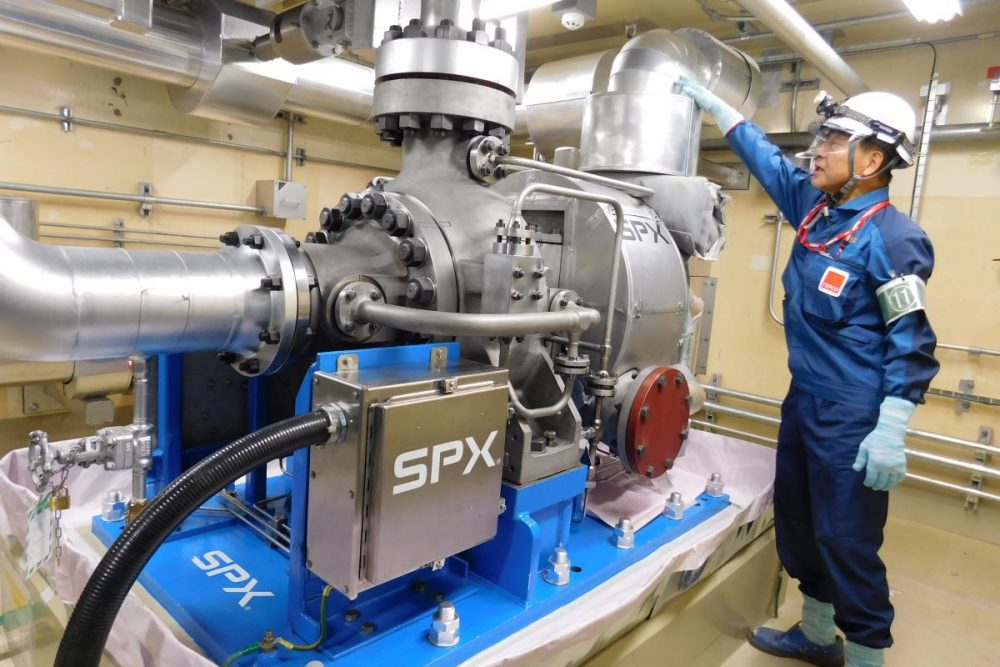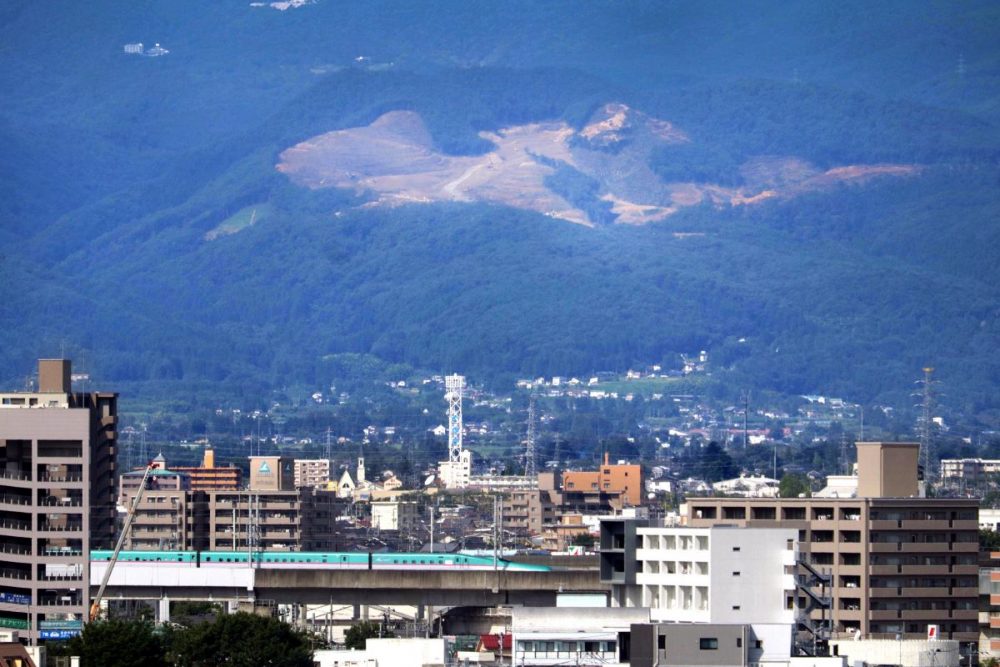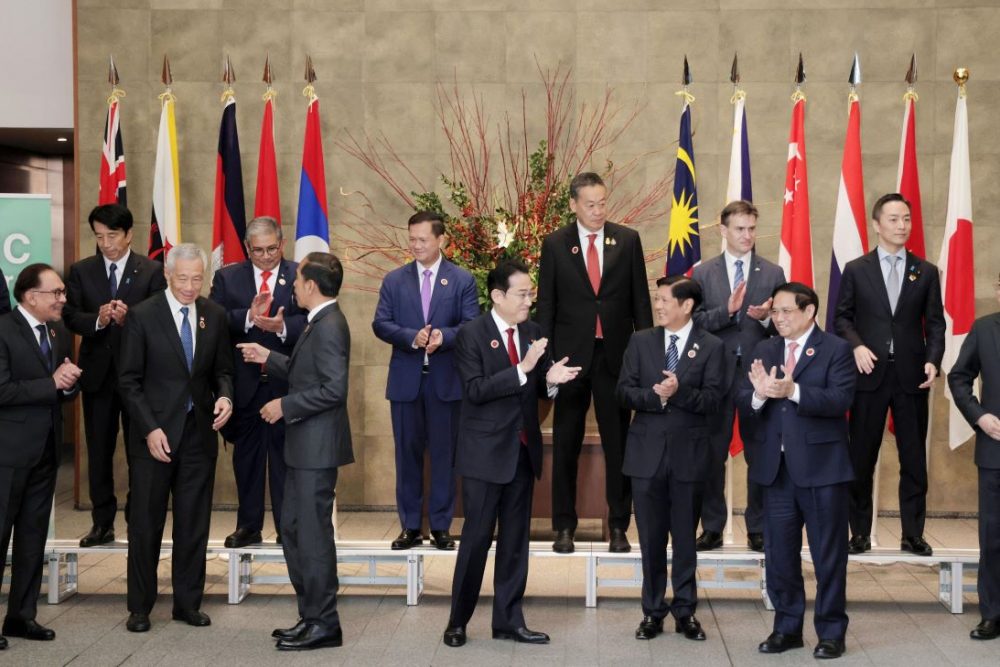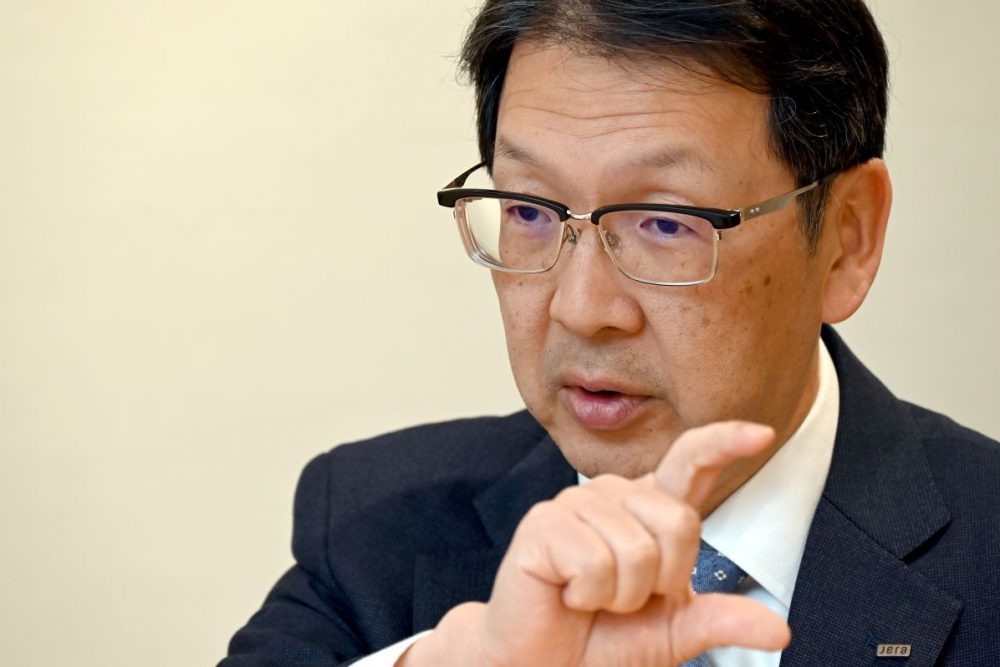Vertical Solar Panels: An Innovative and Space-Saving Option for Japan
As an alternative to horizontal panels, vertical solar panels could boost renewable energy generation in Japan's land-scarce urban areas and snow-prone regions.
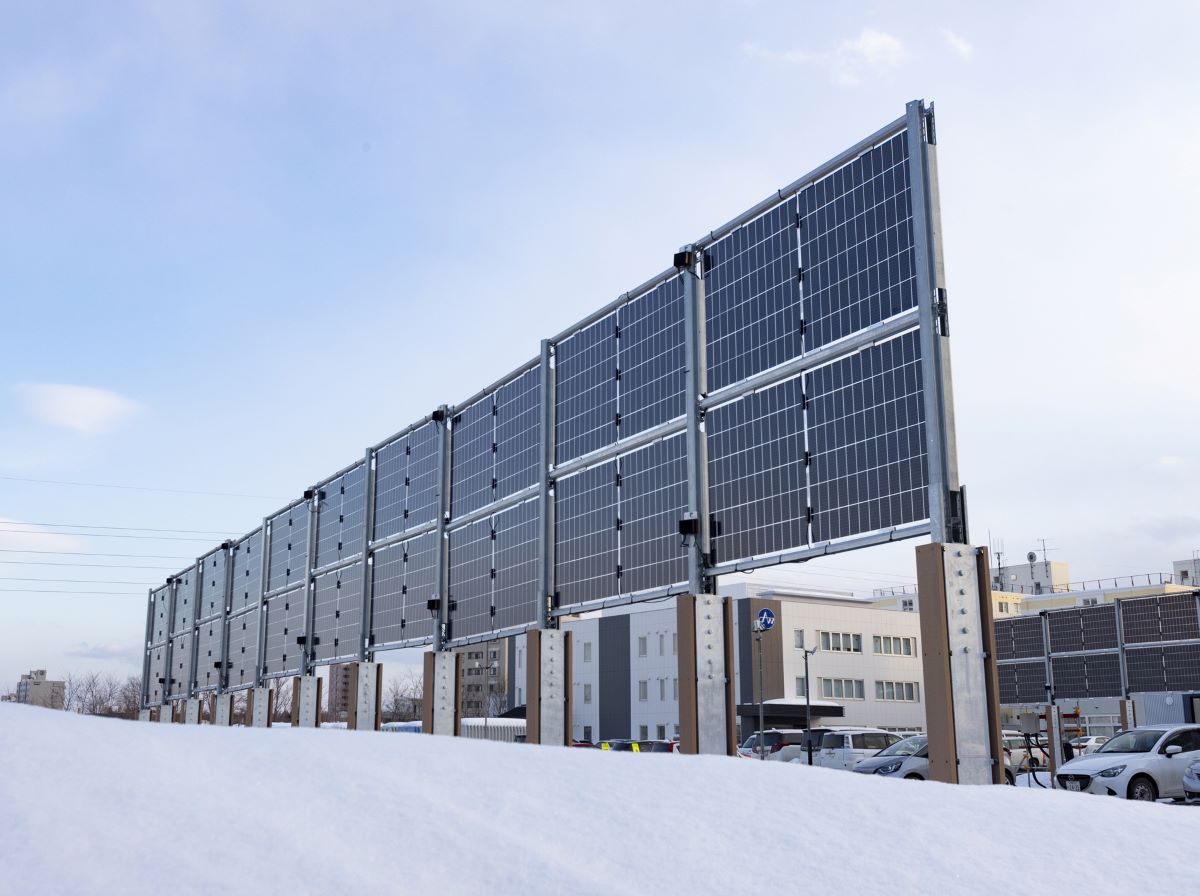
このページを 日本語 で読む
Air Water Inc., a major industrial gas company, and Luxor Solar, a German solar panel manufacturer, have jointly developed a new solar power generation system. The Vertical Solar System for Parking Area (VERPA) will be sold in Japan from May. In its first venture into the solar power business, Air Water aims to achieve annual sales of ¥100 billion JPY (roughly $736 million USD) by 2030.
Advantages of Vertical Solar Panels
The newly-developed system uses solar panels that stand vertically, as opposed to conventional solar panels that are mounted horizontally.
When installed, VERPA's panels stand at a height of two meters from the ground. Accordingly, the system can be mounted in locations with limited ground space available and areas that experience heavy snowfall.
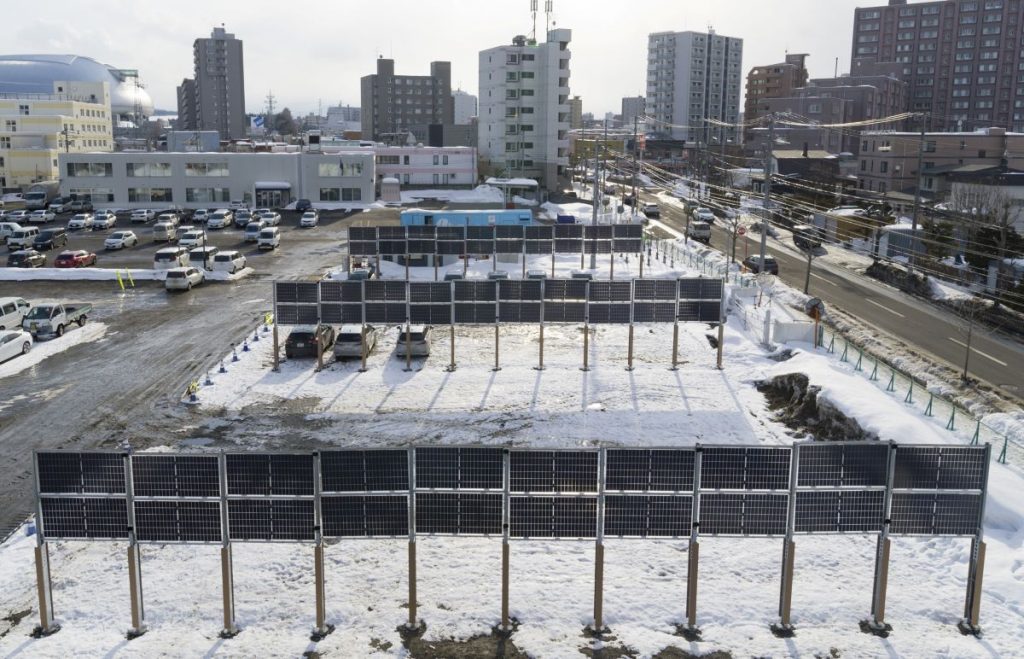
By design, the VERPA system does not block the view of drivers and pedestrians when installed in parking lots in urban areas, ensuring safety.
A spokesperson for Air Water commented, "VERPA is a response to demand in Japan, where there are few suitable sites for solar power generation."
Superior Power Output
The panels, which can generate electricity on both sides, are made by Luxor Solar. When oriented to the east and west, power output peaks twice a day in the morning and evening.
The annual power generation of the vertical panels is virtually the same as horizontally mounted panels, which peak in power output around midday. In fact, the vertical type is reputedly superior due to also absorbing light reflected from the ground.
Power output is approximately 0.9 kilowatts per unit. Construction costs, including the cost of the main unit, vary depending on the installation location. The reference price ranges from 300,000 to 700,000 yen per kilowatt of output.
このページを 日本語 で読む






